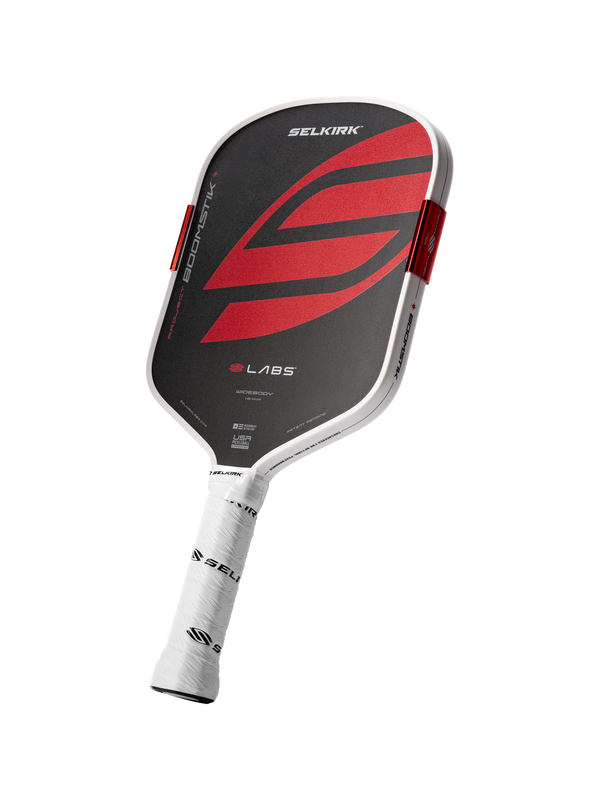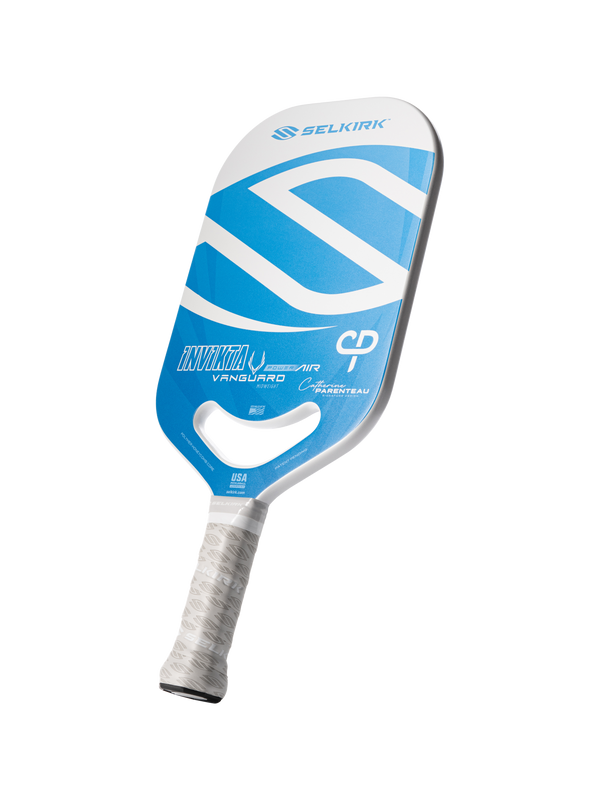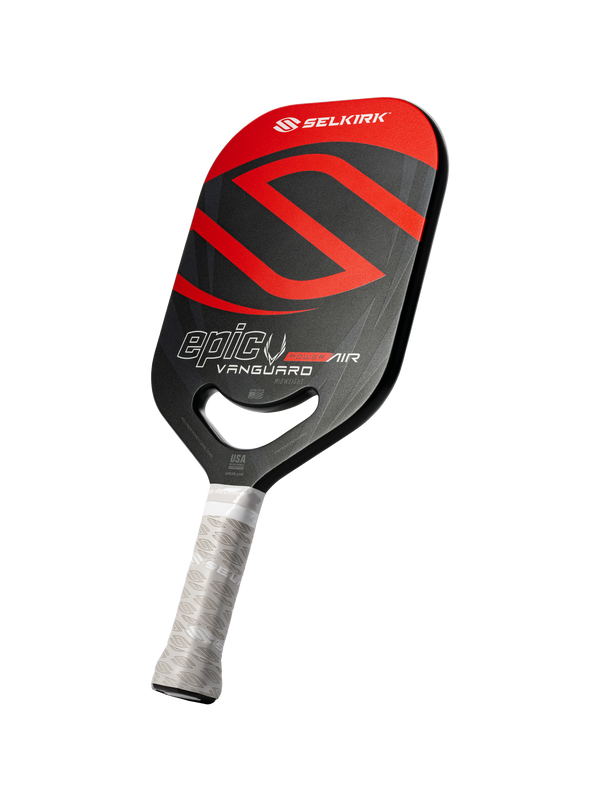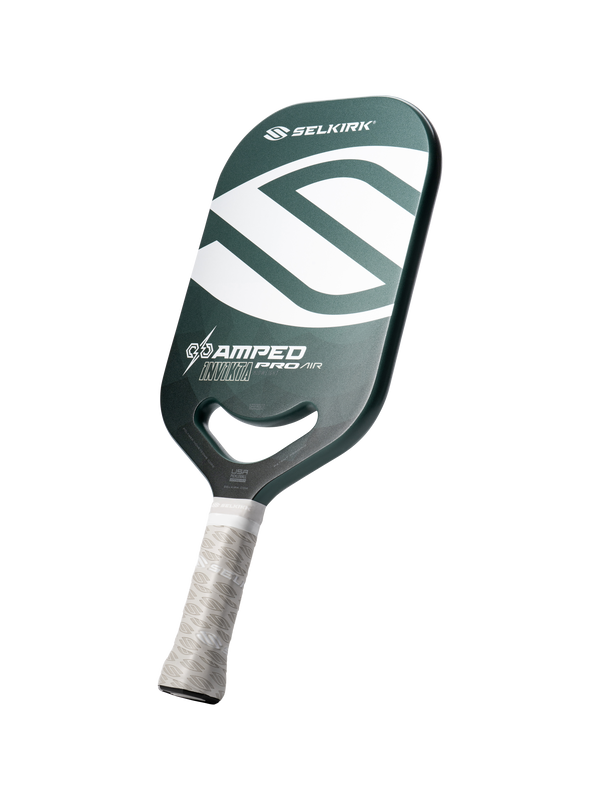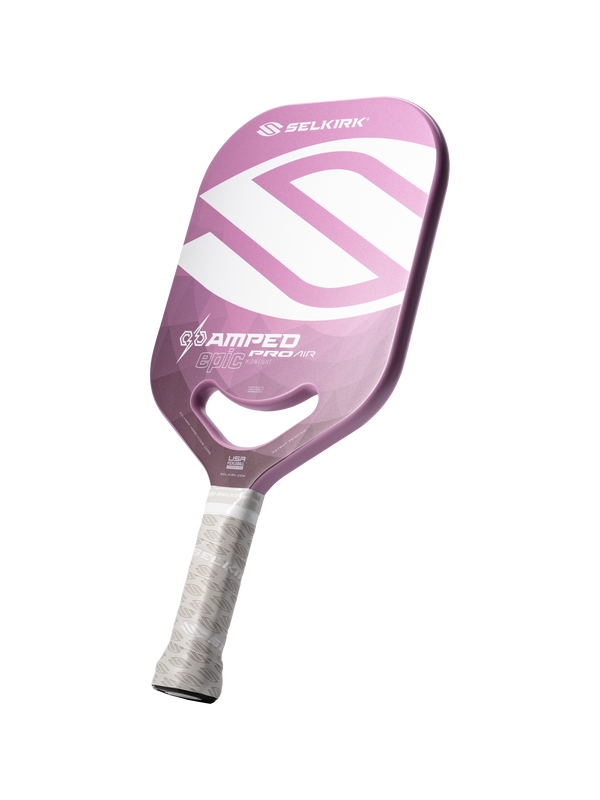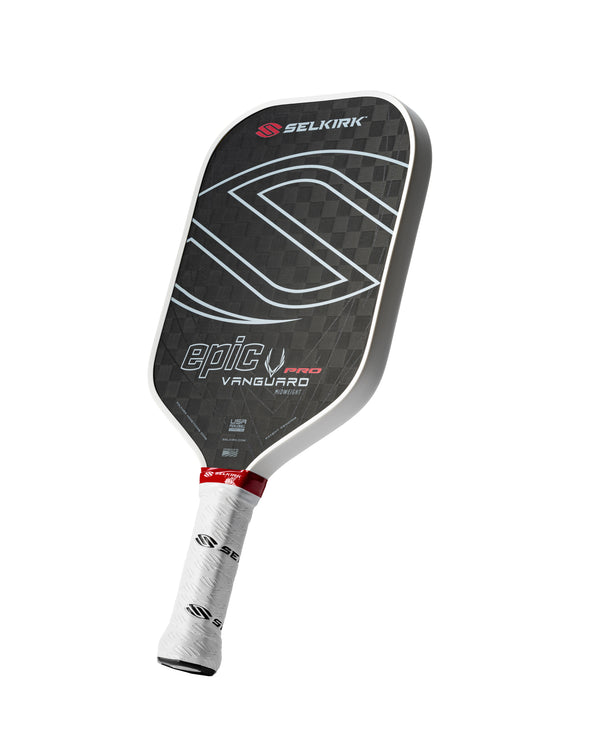
Anyone who has played pickleball for a length of time knows the importance of good dinking — it can help you set up an attack or slow down the game when you’re on the defense.
And there are two types of dinking that every good pickleball player should be able to execute: aggressive and defensive dinking.
In the latest episode of her “Impactful Efficiency in Pickleball” course on Selkirk TV, professional pickleball manager and coach Athena Trouillot explains the difference between the two and how to execute both.
Aggressive vs. defensive dinks
Aggressive dinks tend to be those that are sent with pace crosscourt while defensive dinks are sent straight forward or down the line.
Dinks crosscourt are considered more aggressive because they allow you more time and you have a larger margin for error when attacking. Crosscourt dinks allow you to build the point by moving your opponent around so that you can force your opponent to create an area.
If you feel uncomfortable or on the defensive, hit the ball straight ahead. When you do so, make sure it’s a little higher above the net and shallow toward the net because it slows the game down and gives you enough time to get comfortably back into position.
The figure eight drill
To effectively practice aggressive and defensive dinks, it’s best to drill in a group of four with the figure eight drill.
To start, have two people on each side of the court at the kitchen line. One side should only hit straight forward dinks while the other side will only hit crosscourt dinks. So the pattern should be the following:
- Player 1 dinks the ball crosscourt to the person there (Player 2)
- Player 2 dinks straight at the person in front of them (Player 3)
- Player 3 dinks crosscourt to the person there (Player 4)
- Player 4 dinks straight at the person in front of them (Player 1)
The goal of the drill is to maintain consistency, but you can play the ball off the bounce or out of the air. Aim for as high a rally as possible before switching roles, either by moving to different court positions or trading which teams are hitting aggressive dinks.
Make sure you are holding each other accountable. The aggressive dinks should challenge the defensive players and the defensive dinks should allow the defensive players time to reset.
Download the Selkirk TV app HERE to watch the complete episode and many other Selkirk TV original shows, podcasts, lesson series from the pros, and much more.


